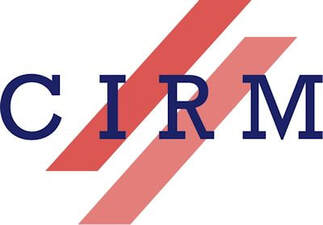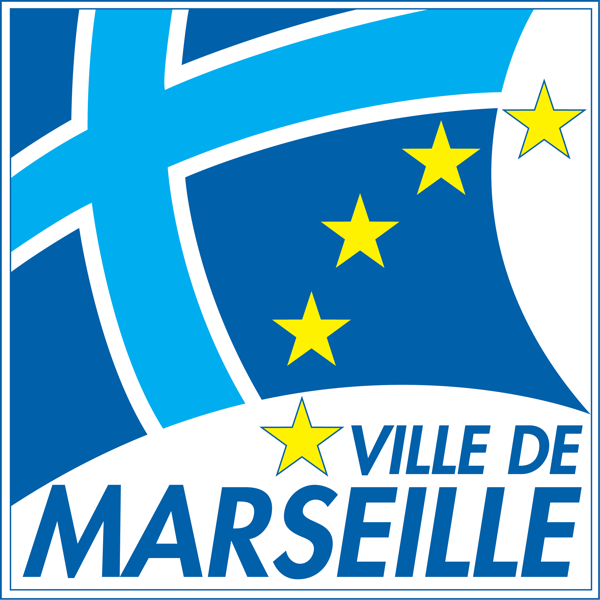30 Years of Wavelets: Impact and Future (1523)
Dates: January 23/24, 2015 at CIRM (Marseille, France)
|
DESCRIPTION
As the final event of this Morlet Chair semester, a two-day event entitled ’30 years of Wavelets: Impact and Future’ was organized in January 2015.
This event brought together an impressive group of “wavelet pioneers’’ (including Alex Grossmann) who presented their views on the history, the impact and the future of the field. Most of the presentations were recorded and are available online through CIRM’s audiovisual platform. The main idea of wavelets is to represent a function, signal or even tempered distributions by building blocks of « constant shape », i.e. by so-called “wavelets” or “atoms” which are obtained from a « mother wavelet » (a function with integral zero, therefore looking like a little wave) by translation and dilation. Soon the idea of a multi-resolution analysis came up, which allows to decompose e.g. images into coarse and fine levels, which has important applications for image compression and transmission. At the same time many operators do have a « sparse matrix representation » with respect to such wavelet frames. Since the early days of wavelet theory, many important French contributions have participated in the vivid development of the field. The Mathematical Genealogy Project currently lists 500 PhD theses in the last 25 years related to the topic of wavelets. This development concerned both the mathematical foundations (e.g. orthonormal wavelet bases with compact support were first introduced by Ingrid Daubechies, a huge variety of wavelet frames or wavelet bases with extra properties also in the multi-dimensional case are available by now) as well as the applications. For many years thousands of subscribers (and among them obviously many from the applied sciences) had been following the so-called Wavelet Digest, which was active until not too long ago. The discussions about Wavelets had also some « side-effects », which are in the long run maybe more important than the concrete system. One modern branch of analysis is related to « compressed sensing », which in turn is based on the idea of sparsity. These concepts come into play, when one has the chance to represent a signal (typically an element of a high-dimensional space, e.g. a pixel image) with a fairly small number of coefficients in one of those bases (e.g. a wavelet basis, with compactly supported atoms and several vanishing moments). Nowadays a great variety of such expansion is available (Gabor expansions, shearlets, curvelets, etc., to name just a few) and various strategies to explore this situation, and use if for the treatment of high-dimensional data sets, have been developed. The meeting brought together a group of mathematicians who have contributed significantly to the field, either at the beginning or during the last 30 years, providing a testimonial of the early developments, reflecting the impact that wavelet theory had on the various branches of analysis respectively in the different application areas, and finally looking into the future, trying to describe certain recent developments which are developing on the basis of wavelet theory these days. |
SCIENTIFIC & ORGANIZING COMMITTEE
SPEAKERS
|





